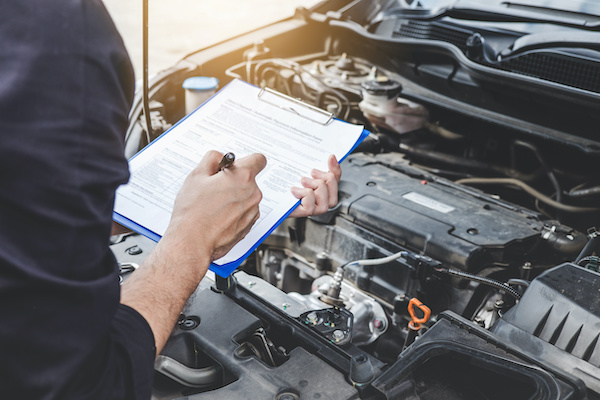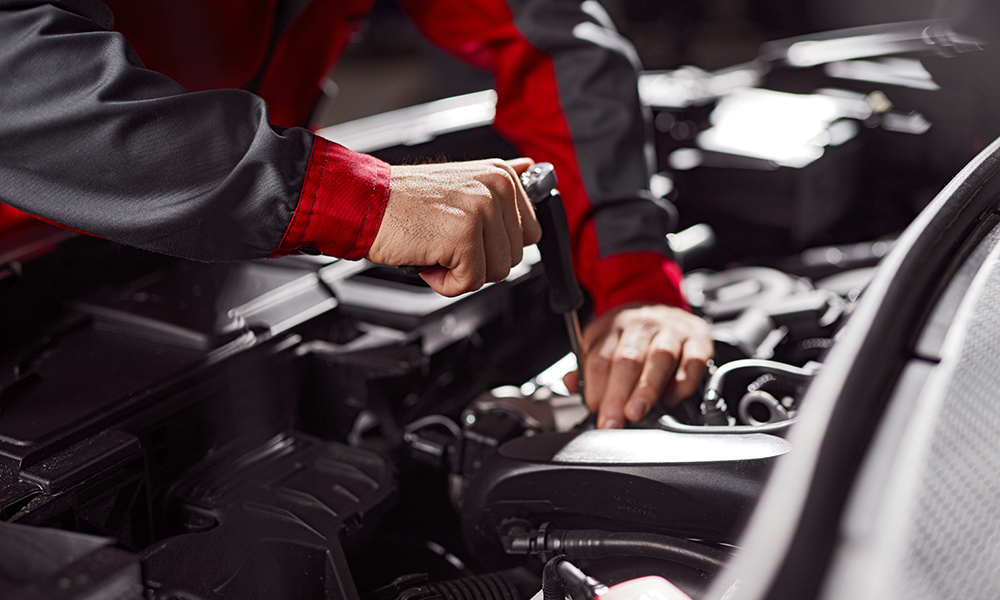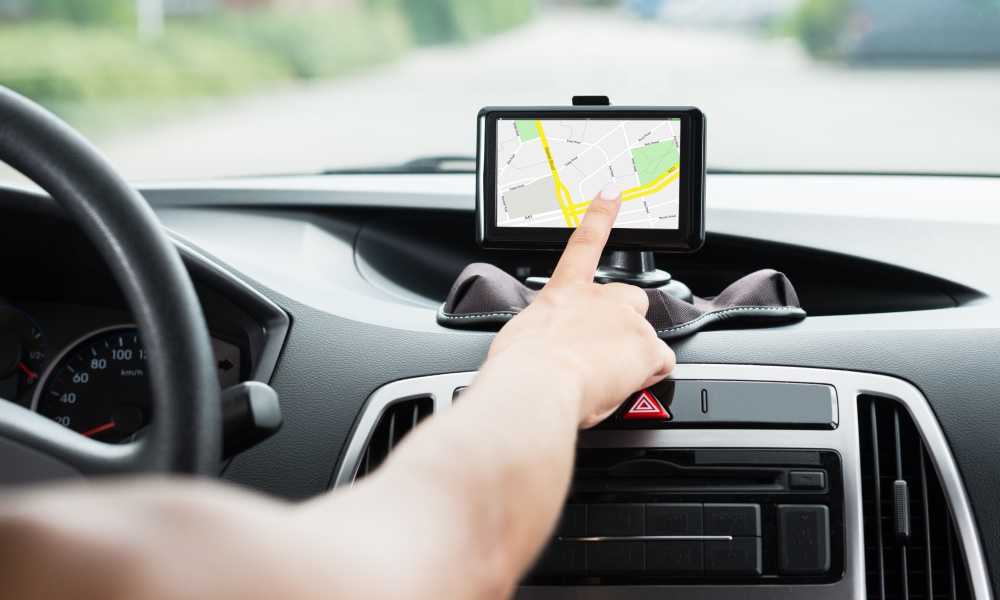The combination of backup lighting and rear-view cameras in contemporary cars is a major advancement in improving driving convenience and safety. Backup lights have historically been used to light the area behind a car, but when combined with rear-view cameras, they provide an additional degree of awareness that makes parking and reversing safer and more effective. This article offers expert insights into the advantages of driving with backup light systems and rear-view cameras working together.
Improving Visibility to Reverse Safer
Combining backup lighting and rear-view cameras improves reversing visibility. Traditional backup lights illuminate the area behind the automobile, however they may not be visible in low light or blind situations. The backdrop lights brighten and clarify a rear-view camera’s image, especially in dark parking lots. Drivers can notice pedestrians and barriers better with the backup system’s powerful, concentrated light and live video feed. If you’re experiencing issues with your vehicle’s backup camera or lighting systems, consider scheduling a diagnostic appointment with Auto Repair in Oklahoma City, OK.

Guidance in Real Time with On-Screen Display
Modern rear-view camera systems frequently include on-screen directions or parking grids to assist drivers in safely manoeuvring their vehicles when reversing. By connecting the backup lights to the camera and automatically adjusting the lighting to match the region the camera is focusing on, the system may provide real-time direction. Depending on how close obstacles are, the rear-view camera display may sometimes adjust the intensity of the backup lights to help the driver avoid collisions.
Better Low-Visibility and Night-time Features
It can be difficult to drive at night or reverse in low visibility, but these problems are greatly reduced when backup lights and rear-view cameras are combined. The rear-view camera’s display is enhanced by the bright light from the backup lights, which guarantees that the image on the screen is clear even in dimly lit areas. When navigating in poorly lit garages or parking lots, where conventional backup lights might not be enough to give adequate illumination, this integration is really helpful.
Improving Safety and Reducing Blind Spots
Reducing blind areas when reversing is also greatly aided by the inclusion of backup lights and rear-view cameras. Although blind spots cannot be addressed by backup lights alone, the rear-view camera provides a good, wide-angle view of the area behind the car, improving the driver’s awareness of their surroundings. This combination lowers the chance of crashes and accidents, especially in crowded places or parking lots.
Conclusion
The manner that drivers approach parking and reversing has been completely transformed by the combination of backup lights and rear-view cameras. This technology makes reversing safer and more accurate by increasing visibility, offering real-time guidance, and promoting safety. The combination of backup lighting and rear-view cameras will only get better as car technology develops, increasing driving safety and improving vehicle use.





